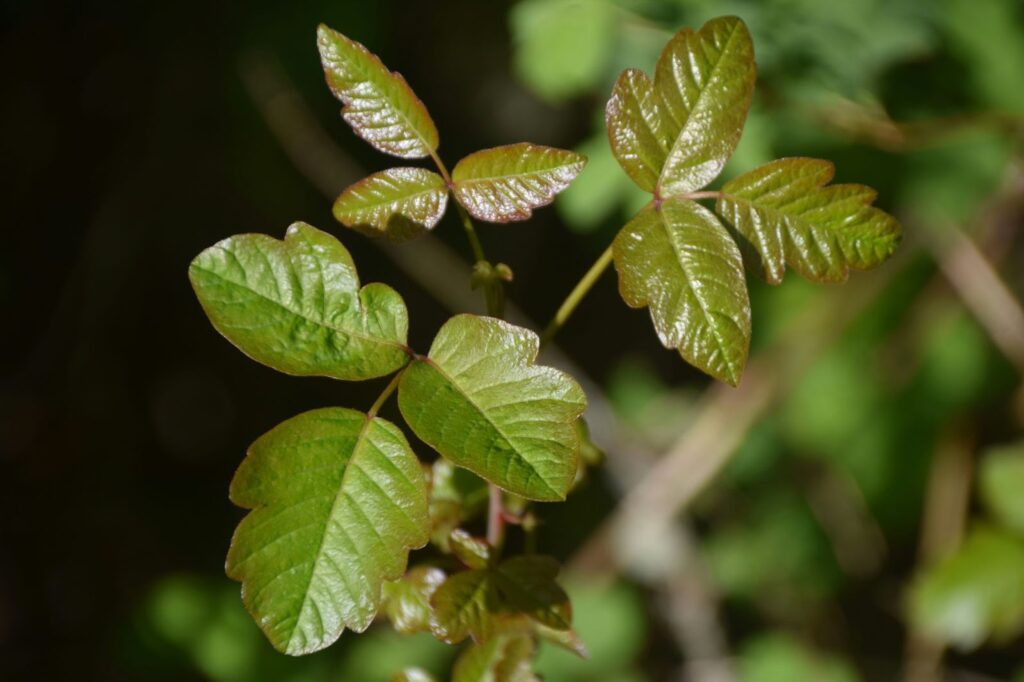
Poison Ivy: Myths, Treatment, Identification
Poison Ivy: Myths, Treatment, Identification https://betteruc.com/wp-content/uploads/pexels-rocketmann-prod-9507051-1024x684.jpg 1024 684 Broken to Better https://secure.gravatar.com/avatar/c13c327901c4c63ecde62a8e0bd1a62f780fbf5534bf5d8b1c0c63ab4b8c2b93?s=96&d=mm&r=gWarmer weather brings more time outdoors, but it also increases the risk of encountering poison ivy. This itchy plant affects millions each year, yet many don’t recognize it or know how to respond after exposure. Understanding how to identify and treat poison ivy in Rock Hill and Fort Mill, near Chester and Indian Land, SC, is crucial, as early intervention helps you avoid unnecessary discomfort.
Whether you’re gardening or hiking, being informed about poison ivy, poison oak, and sumac can save your skin. But if you stumble across one of these and need fast relief, visit Broken to Better Urgent Care. We’re just a short visit or call away, as Dr. Baker and her team provide urgent care in Rock Hill or Fort Mill, South Carolina.
What is Poison Ivy and How to Identify It

Poison ivy contains an oil called urushiol, which causes an allergic skin rash in most people. The plant often grows in three-leaf clusters, with leaves that vary in shape and color depending on the season.
Poison oak looks similar to sumac, but its leaves are rounded, while sumac has tall clusters made up of many small leaflets. Learning to identify poison ivy plants can help you avoid a painful rash.
Poison Ivy Rash Symptoms
Itching and redness are the first symptoms of a poison ivy rash, typically appearing 12 to 48 hours after contact. It can progress to swelling, blisters, and weeping skin. Some people experience only a mild rash, while others suffer from severe symptoms that can last for weeks.
The stages of a poison ivy rash differ depending on how much urushiol comes into contact with your skin and how your body reacts. For fast help, consider visiting our Fort Mill or Rock Hill urgent care clinics for proper treatment and relief.
How to Treat Poison Ivy
The best way to treat poison ivy is to wash the area with soap and cool water immediately after exposure. This helps remove urushiol before it sinks into the skin. Over-the-counter creams, cold compresses, and oatmeal baths can ease symptoms.
If the rash is severe or not improving, you may need prescription medication. For quick relief and treatment tailored to your symptoms, contact us to receive a doctor’s care in Fort Mill or Rock Hill.
Poison Ivy Myths
Below are some common poison ivy myths that can cause confusion and delay proper treatment.
1. Poison Ivy is Contagious
The question, “is poison ivy contagious?” is quite common. However, the rash isn’t contagious and can’t be transferred from person to person. The only way you can get a rash is by coming into contact with the urushiol oil. However, if the oil is still on someone’s clothing, pet, or gear, it can transfer to you and cause a reaction.
2. You can Build an Immunity to Poison Ivy
Although believed by many, it is not true for most individuals. Repeated exposure can make reactions worse over time. Some individuals may not react the first time they touch poison ivy, but can become sensitized and develop a rash later on. There’s no reliable way to build immunity to the plant’s oil.
3. Poison Ivy Affects Everyone the Same
Reactions can vary widely. While around 85% of people are sensitive to urushiol, some may experience only mild irritation, while others may experience intense itching, swelling, and blisters. Age, skin type, and the amount of oil exposure all play a role in how your body responds.
4. Only the Leaves are Poisonous
Many think it’s just the leaves you need to avoid, but the entire plant, including the stems and roots, contains urushiol. Even in winter, when the plant has no leaves, the oil is still present. That’s why touching vines or digging in areas where poison ivy grows can still cause a reaction.
5. Dead Plants are Safe to Touch
Urushiol remains active long after the plant dies, and dead poison ivy can still cause rashes, especially when burned. Inhaling smoke from burning poison ivy can lead to severe lung irritation, which may require emergency medical attention.

Poison Ivy Treatment in Fort Mill and Rock Hill, SC
Poison ivy rash can spread, cause pain, and show signs of infection. If you experience any or all of these, seek medical attention immediately. We have doctors and physician assistants ready to offer fast, effective relief and inform you about the best way to treat poison ivy in Rock Hill and Fort Mill.If you’re concerned about the cost, rest assured, because we accept most insurances and offer an in-house membership plan to help make treatment more affordable. Are you seeking treatment for poison ivy or urgent care in Rock Hill or Fort Mill? Call now or book an appointment online to get relief.

Leave a Reply